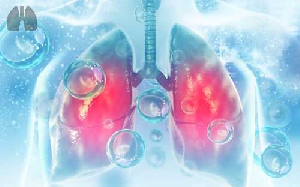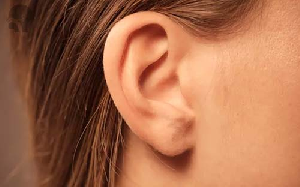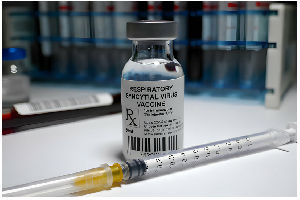
Francesco Salton, Pietro Geri, Marco Confalonieri
European Respiratory Journal 2020; DOI: 10.1183/13993003.03383-2020
We aimed at evaluating not the diagnostic yield of BAL in COVID-19, but the agreement between negative upper respiratory tract swabs and BAL to exclude COVID-19, stressing that BAL is likely negative if swabs and chest CT are concordantly negative.
Manuscript
Dear Editor,
We thank Dr. Deepak and Dr. Varinder for their comments on our Research Letter, as they allow us to better highlight the main key points of our study, dismissing possible misinterpretation of its results.
Deepak and Colleague misreported that BAL was negative for SARS-CoV-2 rRT-PCR in majority of cases, including 38 patients with “strong clinical and radiological suspicion for COVID-19”. Indeed, we reported that, among those patients who underwent chest CT scan, 38 revealed radiological signs compatible with an ongoing viral infection but not necessarily typical features of COVID-19. On the contrary, in the only 2 cases of our series in which CT scan showed typical signs of COVID-19 infection according to a recently published international consensus statement, BAL was positive for SARS-CoV-2 despite previous negative upper respiratory tract swabs. Moreover, we reported that, when chest CT scan was normal, then both upper respiratory tract swabs and BAL were rRT-PCR-negative for SARS-CoV-2.
These findings support our main observation that BAL is likely to be negative if one or more upper respiratory tract specimens and thoracic imaging are concordantly negative, therefore it should be only reserved for those cases in which a high clinical and radiological suspicion for COVID-19 stands despite negative upper respiratory tract swabs.
Deepak and Colleague also deem that our results might imply a high false negative rate of rRT-PCR for SARS-CoV-2 in BAL samples. However, our study aimed at evaluating not the diagnostic yield of BAL in COVID-19, but the agreement (test concordance) between negative upper respiratory tract swabs and BAL to exclude COVID-19. This is a fundamental concept that we believe may be of valuable support to clinical practice in times of pandemics, when excessive demands for BAL confirmation of repeatedly negative upper respiratory swabs expose operators to a high infectious risk while being clinically futile. In fact, BAL has an unquestioned role in the diagnosis of pneumonia when non-invasive methods are not sufficient for an etiologic characterisation; however, concerning SARS-CoV-2, we showed that BAL is most likely to be negative if upper respiratory swabs and chest CT are concordantly negative. We obviously agree with Deepak and Varinder that clinical performance of a diagnostic test varies not only in light of its sensitivity but also of pretest probability, that is affected by several factors among which disease prevalence. Nevertheless, it is not possible to calculate a true pretest probability for COVID-19 at the moment, as the actual prevalence of SARS-CoV-2 infection is still not known.
Finally, Deepak and Colleague claim insight details about our study population with regard to alternate diagnoses, clinical outcomes and their correlation with rRT-PCR test performance on upper and lower respiratory tract. Unfortunately, this is out of the main focus of this study and it would need much more space than allowed by the journal for this manuscript format to be elucidated.
Footnotes
-
Conflict of interest: Dr. Salton has nothing to disclose.
-
Conflict of interest: Dr. Geri has nothing to disclose.
-
Conflict of interest: Dr. Confalonieri has nothing to disclose.
- Received September 4, 2020.
- Accepted September 4, 2020.
- Copyright ©ERS 2020














